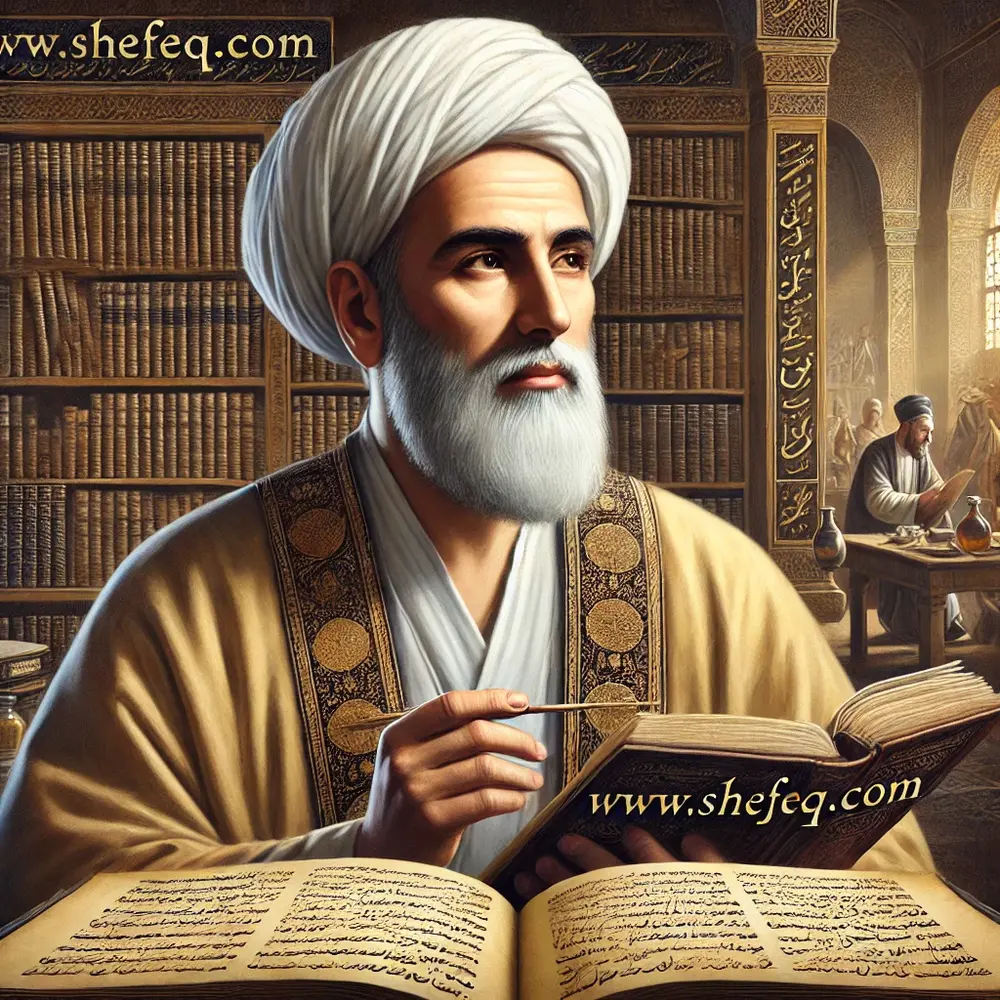Ibn Sina (980–1037), known in the West as Avicenna, is considered one of the greatest scholars of the Islamic Golden Age. He possessed profound knowledge in medicine, philosophy, mathematics, astronomy, chemistry, and many other fields. His most famous work, The Canon of Medicine (Al-Qanun fi al-Tibb), was regarded for centuries as a primary medical reference in both the East and West. This article explores Ibn Sina’s life, scientific achievements, and his influence on global science.
1. Life and Education of Ibn Sina
Ibn Sina was born in 980 near the city of Bukhara, in present-day Uzbekistan. His father was a civil servant of the Samanid state and encouraged his son’s interest in science from an early age. Demonstrating extraordinary intelligence in childhood, Ibn Sina had memorized the Quran by age 10 and gained deep knowledge in logic, philosophy, and mathematics while still young. He studied the works of Aristotle extensively and wrote commentaries on them.
His medical education began at the age of 16. Working with various physicians, he mastered the foundations of medicine and later developed his own methods of treatment based on observation and experience. By age 18, he was already recognized as a renowned physician.
2. Scientific Achievements of Ibn Sina
Ibn Sina was one of the most prolific writers of his time, authoring more than 450 works, of which about 240 have survived. He is especially known for his contributions to medicine and philosophy.
Medical Works
His most famous book, The Canon of Medicine, consists of five volumes and provides a structured overview of medical knowledge. It is considered one of the earliest examples of a systematic approach to medicine and was used as a textbook across Europe and the Islamic world for centuries. The Canon discusses anatomy, physiology, pharmacology, and the treatment of diseases in great detail.
He also described the nature of contagious diseases and noted that some illnesses could spread through air and water. Moreover, he made significant contributions to the understanding of psychosomatic disorders and psychotherapeutic practices.
Contributions to Philosophy and Science
Ibn Sina developed Aristotelian philosophy and integrated it with Islamic thought. His encyclopedic work The Book of Healing (Kitab al-Shifa) covers philosophy, logic, metaphysics, and the natural sciences. In this book, he emphasizes the importance of logic and reasoning in human understanding.
He also contributed to physics and astronomy, especially in the study of light, optics, and celestial observations. His scientific insights laid the groundwork for later scholars.
3. Ibn Sina’s Influence on World Science
Ibn Sina was respected in both the East and West. His works were translated into Latin as early as the 12th century and The Canon of Medicine became the core of medical education in European universities until the 16th century.
His philosophical ideas influenced both Islamic and Western thinkers, including figures like Thomas Aquinas and other medieval philosophers.
4. Death of Ibn Sina
Ibn Sina spent his final years in the cities of Isfahan and Hamadan. He continued his scientific research while also serving in government roles. However, years of intense work eventually took a toll on his health. He reportedly suffered from severe digestive problems.
Despite trying to treat himself, his condition worsened, and he died in 1037 at the age of 57 in Hamadan. His tomb remains in Hamadan and is considered a site of historical and cultural significance.
Conclusion
Ibn Sina remains one of the greatest minds in human history. His contributions to medicine, philosophy, and other sciences are still studied and applied today. He was not only a scholar but also a visionary who expanded the boundaries of knowledge, systematized scientific thought, and left a lasting legacy for future generations.

